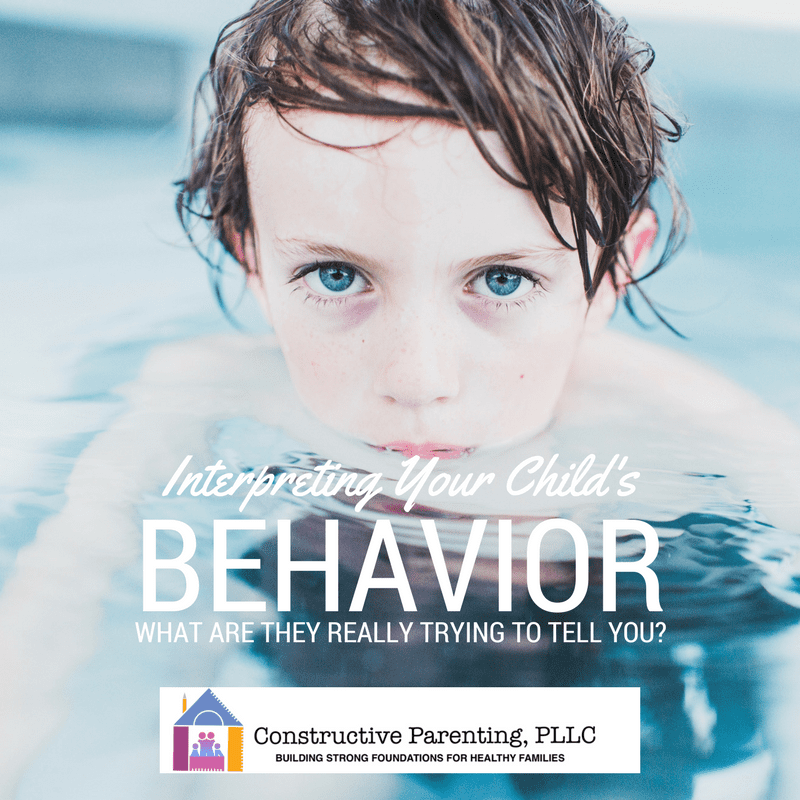PART 2: The Constructive Parenting Guide for Smart Phone Use

To make it easier for you to set a strong foundation for mindful smart phone use I have created The Constructive Parent’s Smart Phone Contract for Kids. Click here to get your free downloadable pdf. Read my blog post below to learn why it’s so important to set up clear phone use limits.
GET THE FREE CONTRACT!
It is easy to list the benefits of owning a smartphone. Phones make it simple to keep tabs on our kids. Phones make it easy to multitask so that we can accomplish more each day. Phones provide instant entertainment when we are bored and immediate answers when we have questions. With all these benefits, maybe the choice to give your child a smart phone feels like a “no-brainer.” But as discussed in part one of this two-part series, smart phone ownership at a young age has its downsides. Please follow this link, if you haven’t read that post yet, for more background.
If you have already made the choice to buy your child a smart phone, the great news is that it is possible to harness the benefits of the phone while helping your kids steer clear of many of the pitfalls. Just remember that doing so requires some hard work and intentionality on our part as parents. The aim of this post is to inspire conversation around how we can use phones mindfully. Below are tips on how to do just that.
Kids Need Limits and Boundaries
At a very young age, kids start to test limits — but as much as kids want freedom, the truth is that without clear boundaries, children do not feel safe. When kids are young we give them small choices so that they can explore their independence. Would you like the red cup or the blue cup? Do you want to wear your sneakers or your sandals today? At the same time, we become very clear about which rules are important in our homes. Instinctively, kids test to see how serious parents are about these rules. If parents cave under their kids’ rule testing, the balance of power shifts from the parents to the children. On the other hand, if parents respond consistently over and over, children learn that the boundary is clear, and they are able to thrive within those limits.
When it comes to cell phones, tablets, or other screens, the need for clear limits and boundaries is no different. We have all encountered kids (and adults) who cannot seem to put their phones down. Part 1 of this series explored the addictive nature of cell phones. It is human nature to want more of a good thing even if it is to our own detriment. In fact according to the CDC, kids spend an average of 7.5 hours a day on screens for entertainment purposes. Remember, it’s one thing for kids to be able to check in with their friends for a few minutes after school or at the end of the day, and it is another thing for them to be plugged in for hours at a time. Children need to be able to reboot their brains with down time and boredom, and you will be doing yourself a favor if you set up usage limits before you give your child their first phone.
Your limits should be based on the values that help your family thrive. For example, if family dinners or conversations in the car are important to you, eliminate phone use during those times. If you know your children function best after a good night’s sleep, have them charge their phones in the kitchen instead of in their rooms. If you want your child to stay focused while doing homework, make sure they don’t have their phone sitting next to them while they work. If getting outside is important to your family, carve out screen-free time for that as well.
Finally, never forget that kids learn from example. The easiest way to get your children to follow family rules is by making sure to follow them yourself. If you haven’t already, remove your phone from your bedroom overnight. (Buy an alarm clock instead). Stop texting while you drive and stop checking in on social media at stop lights. Put your phone on silent (or even better put it on airplane mode) while you are spending time with your family and friends. Your kids are watching you and learning what is acceptable through your example.
Kids Need Guidance on The Hard Stuff
Although they may be digital natives, your kids still depend on you for guidance around screen and social media usage. That means if you aren’t already up to speed with the hottest social media apps, it is time to invest some energy so you can become familiar. Let your kids know that you will have access to all their social media accounts and take this opportunity to help guide them. I know this may feel like an invasion of privacy, but this is a stand worth taking when they are young. The burden social media puts on children is heavy, and if you don’t have time to monitor your child’s usage, double think your choice to let them have access. Make sure your kids understand that when their friends post on Snap Chat and Instagram, what they are sharing is actually a highlight reel of their lives, not their mundane reality. Talk to your children about cyber bullying, porn, predators and sexting and how they should handle each situation. If you think they are too young to have these conversations, then they may be too young to handle having a smart phone. Explain to your children that software developers hire “attention engineers” who are aware that the brain is wired to release pleasure hormones each time a phone pings or you see a “like.” The goal is to catch your attention using this knowledge so that it becomes almost impossible to put down your phone. Encourage your children avoid falling prey to these engineers so that they can remain interesting and dynamic. This might mean limiting the number of meaningless selfies they send and encouraging them instead to send pictures of things they enjoy– like the book they are reading or the lyrics to the song they are listening to.
Be Aware of Red Flags and Dial Back Screen Time If You See Them
Every child is different and you know your child best. As parents you get to decide when to give your child a phone, and with the right information you can continue to keep an eye on your child to make sure that he or she is benefiting from this new technology rather than being negatively impacted. In her new book, The Art of Screen Time: How Your Family Can Balance Digital Media & Real Life, journalist Anya Kamenetz explores the “red flags” that indicate your child may be consuming too much screen time. If your child gets a new phone and doesn’t suffer in any of these areas, your family is probably in good shape. If, on the other hand, you notice some of these red flags popping up, you can sit down with your child and talk about why it is important to cut back on screen use.
School Performance Note whether you child’s grades and their interest in academics remain the same. Note whether their homework performance and timeliness are affected.
Maintaining Other Interests If your child no longer wants to spend time doing the things he previously loved, consider it a red flag. Whether it is a musical instrument, shooting hoops outside, or reading books, pay attention to whether his interest in real world activities declines. Adolescence is a time when the brain starts to “prune” what is not being used. Don’t let your child loose all that momentum they have spent years building, just so they can build cell phone skills (those will come easily at any age).
Sleep We all need uninterrupted sleep for optimal health. Having access to screens at night can tempt kids into staying up later than they should. Pay attention to whether your child appears drowsy or unusually short tempered. Avoid this problem by turning phones and other devices off at least an hour before bedtime and charging them outside of kids’ bedrooms.
Inattention If you notice that your child is struggling with staying focused, remember that additional screen time is not helpful. When we interact with screens (and especially with hand held devices) there is constant stimulation and immediate gratification as we swipe through from one site to the next. According to a study done Microsoft Corp the average attention span has dropped from 12 seconds to 8 since cell phones were created 11 years ago. If short attention span is an issue for your child they may benefit from more time unplugged.
Anger and Intense Emotions Pay attention to your child’s reaction when you tell them it is time to turn off their devices. If their frustration with you consistently seems disproportionate to your request, it may be time to scale back their access to devices.
Use Screens Mindfully to Extract the Most Benefit
It is possible to embrace the many positives of technology and still limit the amount of time we waste on phones doing things with no clear benefit. In mindfulness the goal is to pay attention so that you can notice when you become distracted. If you become aware that you have a pattern of mindlessly pulling out your phone when you are bored, you can reclaim that time by learning to recognize the impulse as it occurs. Whether it is in the line at the grocery store, first thing in the morning, or at your child’s soccer game, you can become aware of phone habits that pull you away from being present in the moment. When you notice your phone buzz to alert you that it needs your attention you can resist the urge to grab it immediately and instead pause and take a deep breath in and out before responding. If you know that you have a project that needs completing you can put your phone on silent and put it out of sight so that you can work uninterrupted for 25 minutes at a time. Likewise, if you are spending time with a friend or family member you can experiment with whether those interactions feel different when you put away your phone or set it to airplane mode.
I know that the thought of enforcing all of these limits around screens and social media seems like an “argument waiting to happen”. But remember, that kids know the difference between serious rules and requests that can easily be broken without much consequence. If you are consistent and you prepare them ahead of time, kids can adapt surprisingly quickly. If you live in North Carolina and you would like extra support in handling the way your family interacts with screens, you can contact me for a consultation.












Being a parent is always challenging and it becomes more challenging for single parents. The parenting blog sites help a lot of parents like me to get going with the flow